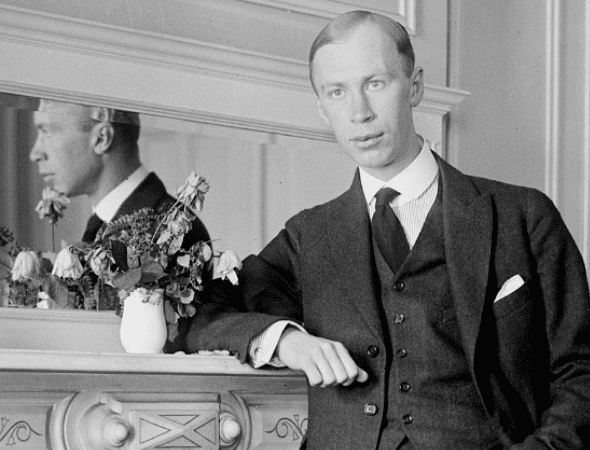PROKOFIEV: Selections from Romeo and Juliet
by Jeff Counts
THE COMPOSER – SERGE PROKOFIEV (1891-1953) – Prokofiev returned from a concert tour with his family to Soviet Moscow in the summer of 1936. It was always the plan, but one wonders whether he might have wanted to be elsewhere had he been present there a few months earlier, when the government made their “expectations” of Soviet artists clear by way of a scathing critique of Dmitri Shostakovich. The Pravda review of the opera Lady MacBeth of Mtsensk scared everyone except Prokofiev, who was conveniently abroad at a time when communication about such things could be refracted by time, distance and translation. In any case, he missed it, and managed to steer well clear of it when he got home.

THE HISTORY – After narrowly avoiding the fury of that January storm, the composer’s first years back in Moscow were marked by judiciously good behavior. Like most of his colleagues-in-good-standing, he busied himself with state-sanctioned projects. He was hardly oblivious, though, and few of Prokofiev’s works during the period can be viewed as non-political in their subtextual nature. The ballet Romeo and Juliet, however, was truly free of social subtlety. He had first planned to collaborate with the Leningrad Theatre but when that institution was renamed for the assassinated local Party leader Sergey Kirov, a reconfiguration of the Theatre’s administration also took place, and the new priorities didn’t include Prokofiev’s Shakespearean tribute. The project was soon taken up by the Bolshoi in Moscow and Prokofiev spent the middle months of 1935 completing the piano score. The ballet scenario was cast in four acts, encompassing over fifty separate dance pieces. The Bolshoi staff liked what they heard but the theatre dropped the ballet portion of their operation in 1936 so Prokofiev was forced to create a concert suite to get his music a public audience. The full ballet did not receive a Russian production (it was premiered in the Czech city of Brno) until 1940 and this took place, ironically, at the Kirov in Leningrad. The Bolshoi wouldn’t fulfill their promise until 1946. It is fitting that the suite was heard first since it is by the composer’s three extracted concert collections that his greatest orchestral score is best known. These days, conductors often create bespoke suites from among the available options and the brilliance of Prokofiev’s inventiveness suffers not at all from this variety of presentation. Almost forgotten amidst the theater-hopping frustrations of R&J’s formative years was Prokofiev’s original intention of including a happy ending. “Living people can dance,” he reportedly said, “the dead cannot.” It’s a fair point but, in the end, he changed his mind in favor of tragedy.
THE WORLD – Elsewhere in 1936, Britain’s King George V died but his Edward would later abdicate so he could marry American Wallis Simpson and Faulkner’s Absalom! Absalom! and Margaret Mitchell’s Gone with the Wind were published.
THE CONNECTION – Music from Prokofiev’s Romeo & Juliet Suites is played quite often on Utah Symphony programs. The most recent Masterworks performance was in April 2016 under Thierry Fischer.












